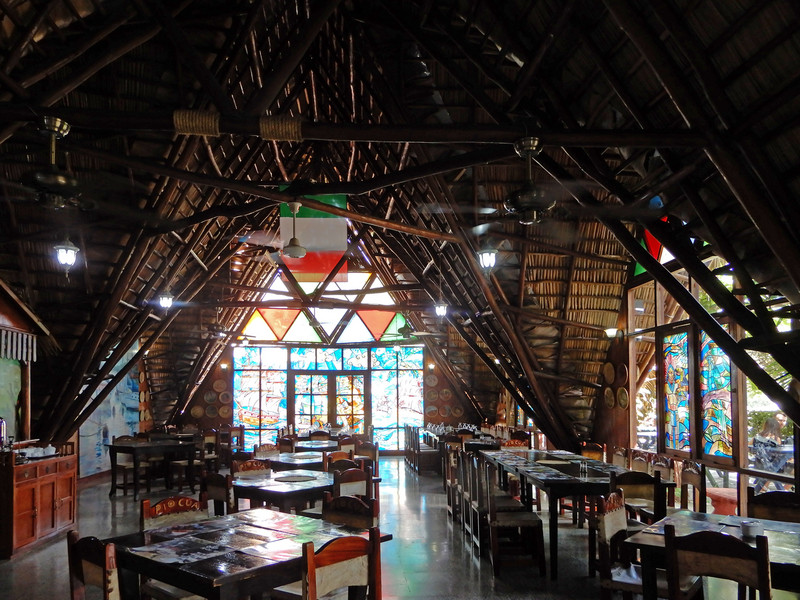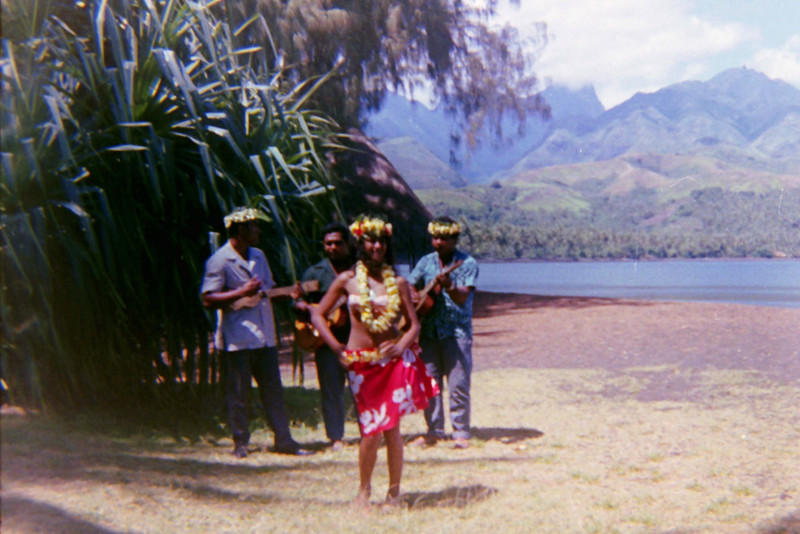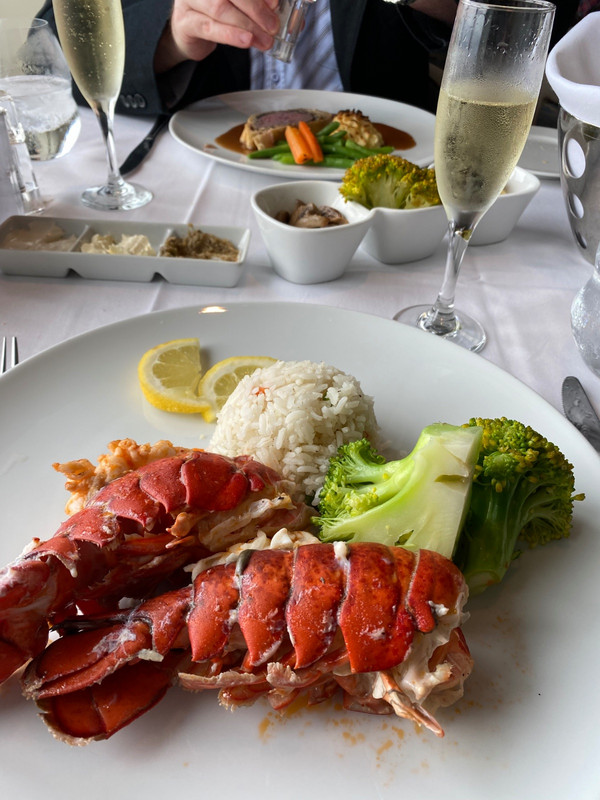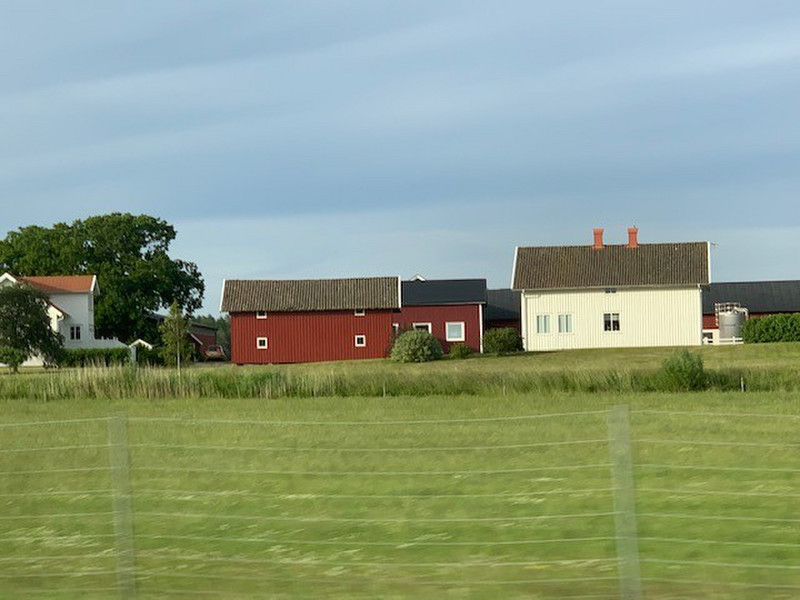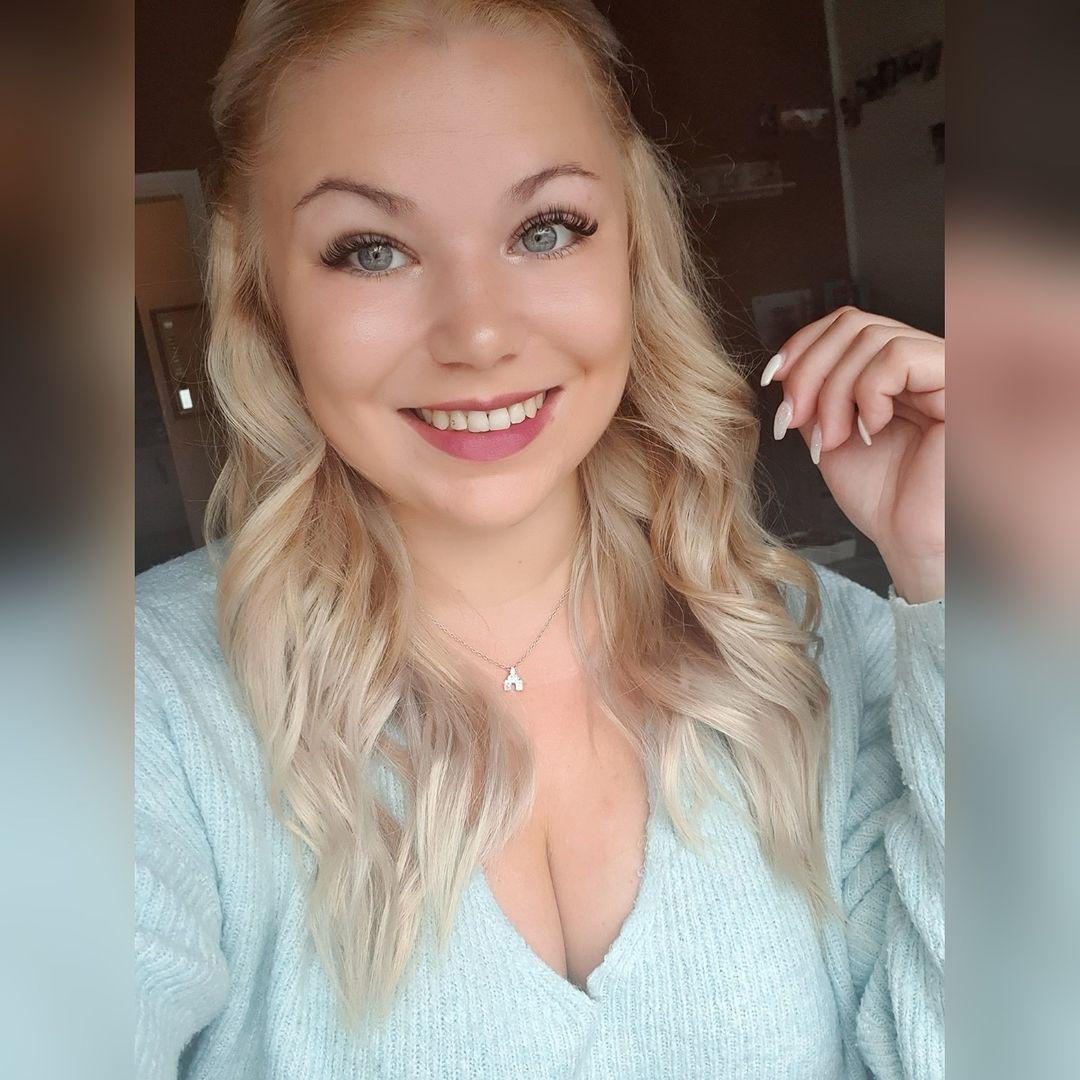Fog misted our goodbyes to the beautiful valley of Viales. We left at 8:00 for a long day of driving from the far western part of the island to Cienfuegosin the region.
Early morning was busy in the villages. Even outside the villages, small groups of people and individuals lined the road seeking transportation. In every village moved goods and people around. Other people walked steadily, making their way to various destinations. On the porches of some houses, family members sat peaceably as the day began. The road became busy with trucks, a few cars, motor bikes, bicycles, and our bus. we stopped at a small caf, built for the purpose of supplying travelers with services, including drinks and toilets; it charged for parking.
Our route took us towards Havana, and the increase in goods trucks (Russian models) was noticeable. As we approached the outskirts of Havana, buses of various types predominated. Some were trucks fitted with seats and a Many were blue city transit buses, and a few were the articulated buses, all crammed Because of the US embargo, fuel for transportation is so limited that buses such as our own
were encouraged to take passengers, if empty of tourists. There are even tickets that are linked to the state tax system for payment. Private cars can take up people any time for whatever price. State cars are required to pick up passengers. There are buses and the train, but capacity is insufficient.
Driving away from Havanas traffic, I noticed long stretches where there were flat uncultivated fields full of low bushes and random trees. Daniel told me these were used for cattle grazing, because the soil was unsuited to crops. Farmers plant Moringa trees, because the leaves are rich in calcium and protein for the cattle. Moringa oil was a health craze some years ago. When the leaves are very young, Cubans make salads from them. On one side of the road were vast stretches of tall, dark green trees. Daniel said they were African Mahogany, used for making local furniture; the wood is not good enough for export. The trees are harvested under license from the state, and each one must be replaced by three more, to eventually achieve reforestation. (
